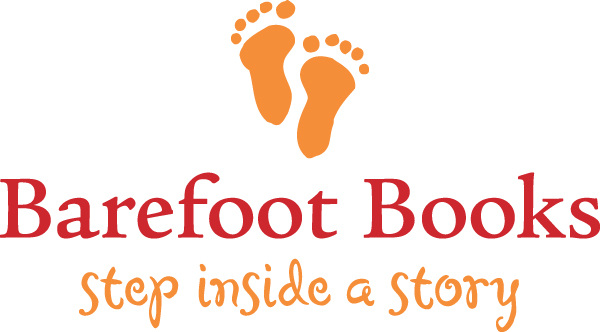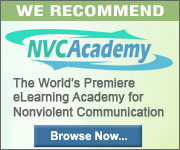In World Peace and other 4th-Grade Achievements, author John Hunter writes about his experience in teaching students - fourth grade through high school - using “The World Peace Game” for the past thirty years. Hunter (2013) introduces his students to the “World Peace Game,” displayed on a 4ft by 4ft by 4ft plexiglass structure, where they encounter over 50 different world crisis situations, from climate change to conflict which they must attempt to resolve in order to win world peace. Students take on the role of world leaders - including prime ministers, cabinet members, United Nations representatives, tribal leaders, and arms dealers - and over the typical course of seven to eight weeks, they must find a way to work together and solve this imaginary world’s problems.
Hunter (2013) claims that this approach encourages students to engages in all three components of education: knowledge, creativity, and wisdom (p. 3 - 4). Unlike the more common banking model which focus on the “realm of precise answers and correct solutions” (p. 3), the World Peace Game also pushes students towards creativity and finally wisdom. Creativity goes beyond rote learning skills and engages learners with the information; they are no longer only the passive recipients of knowledge. Hunter states that, “we can’t just teach our children what we already know; we must also train them how to discover what is not yet known” (p. 4). This skill is vital in our education system because we need graduates who are prepared to tackle the responsibilities and challenges of the world. Knowledge is a foundation and creativity is a means of contextualizing that knowledge. Beyond this wisdom, which can be understood as the application of knowledge and creativity. Hunter speaks to the need to go beyond solely knowledge-based education in the appendix entitled The World Peace Game and “Teaching to the Test.” It is here that Hunter discusses the current emphasis in education on standardized testing. While acknowledging the importance of assessment, Hunter suggests other more inclusive and holistic means and discusses an example of the assessment style used for evaluation in the World Peace Game.
Readers might wonder if and how fourth grader students can really solve fifty world crisis and obtain world peace. The World Peace Game ask its young participants to take on issues that adults struggle with daily. By presenting these challenges to students, are we asking too much and overwhelming them with developmentally inappropriate obstacles. But if we protect our children from the realities of the world and delaying their experience until a later age, are we doing them a disservice and underestimating their abilities. Perhaps it is better to prepare our children as young as possible for the challenges their generation will be faced with addressing. Hunter (2013) suggests that it is important for students learn of war because it is the reality of our world. We can’t save our children from the experience of war by acting like it doesn’t exist. In order to obtain peace, we must know how to deal with war. Students should emerge with an education that prepares them for the reality of their world and with the skills they need be in that world; war is a part of that. We can look the solutions students discover - such as donating their collective surplus to a poor country to raise their assets and thus win the game - as simplistic and unrealistic or we can see the creativity and resourcefulness that is required of fourth graders to solve this complex problem. Although winning world peace in theory during a game is different than in real life, the purpose isn’t necessarily so that students learn how to bring about World Peace. We must also recognize the numerous other benefits to students who play.
Hunter (2013) appears to have been heavily influenced by his travel experiences as a young adult in India, China, and Japan and his parents - his mother, a teacher as well, and father while growing up under segregation. Hunter references these experiences heavily throughout the book. By taking a more passive role and giving students as much independence as possible to struggle, fail, and succeed, Hunter tried to limit the influence of his personal bias on the learning of his students. Hunter recounted an incident where an observe argued:
You should not be teaching them to use war or even letting them use war - don’t even go there in the first place! Peace is the right way for the world, and you should be teaching your students that and that alone (p. 127).
However, Hunter (2013) attempts to let students come to their own conclusions without imposing his own bias. This is one of the cornerstones of experiential education: allowing students to pursue their learning according to their interests and letting them learn from both their success and failure. Through the World Peace Game Hunter was able to produce a meaningful experience for his students while introducing them to important academic subjects and helping them develop meaningful life skills. From the World Peace Game students learn to work together and communicate and at the same time students must take on various leadership roles. Research and critical thinking are required for students to make informed decision about what actions they will take to win the game. Hunter’s writing asks us - as educators - to reevaluate what we believe to be our role as teachers and how we define our success in a classroom. Hunter wrote:
If I defined “success” as the imposition of my will on people and events, then obviously I had failed. But if I defined “success” as offering my student an opportunity to learn that he could use in his own time, then maybe I had not failed… Failure forces us to move away from results as our primary measure of “success” and toward evaluating ourselves based on process (p. 101).




 RSS Feed
RSS Feed